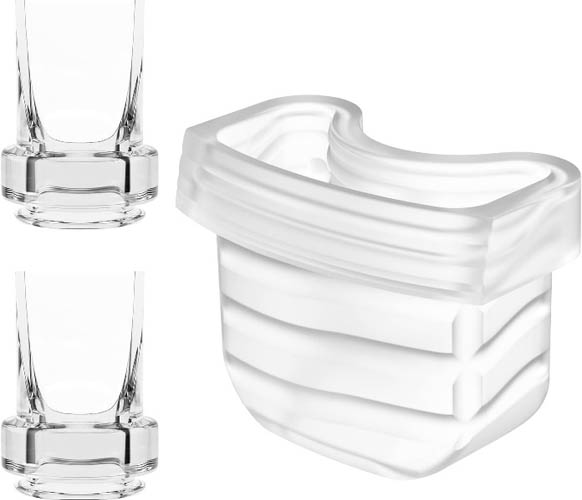Knowing when to replace duckbill valves in a breast pump can depend on various factors, including the manufacturer's recommendations and the frequency of use. Here are some indicators that may suggest it's time to replace the duckbill valves:
Decreased suction: If you notice a significant decrease in suction power during pumping sessions, it could indicate that the duckbill valves have become worn or damaged. Reduced suction can impact the efficiency of milk expression.
Milk backup or leakage: If you experience milk backup or leakage from the breast shield or tubing during pumping, it may be a sign that the duckbill valves are not sealing properly. This can occur when the valves become stretched, torn, or lose their elasticity over time.
Visible wear and tear: Inspect the duckbill valves regularly for signs of wear and tear. If you notice cracks, tears, or deformities in the valves, it's likely time for a replacement. Additionally, if the valves have become discolored or dislodged from their original position, it's a good indication that they need to be replaced.
Age and frequency of use: Duckbill valves are subject to wear and degradation over time, especially with regular use. The manufacturer may provide guidelines regarding the expected lifespan of the valves. If you've been using the same set of valves for an extended period or have been pumping frequently, it may be a good idea to replace them as a preventative measure.
It's worth noting that some breast pump models have replaceable valves, while others have integrated valve systems that require replacing the entire component or membrane. We suggest you change the duckbill valves every 2 weeks if you use 4-6 times/day

